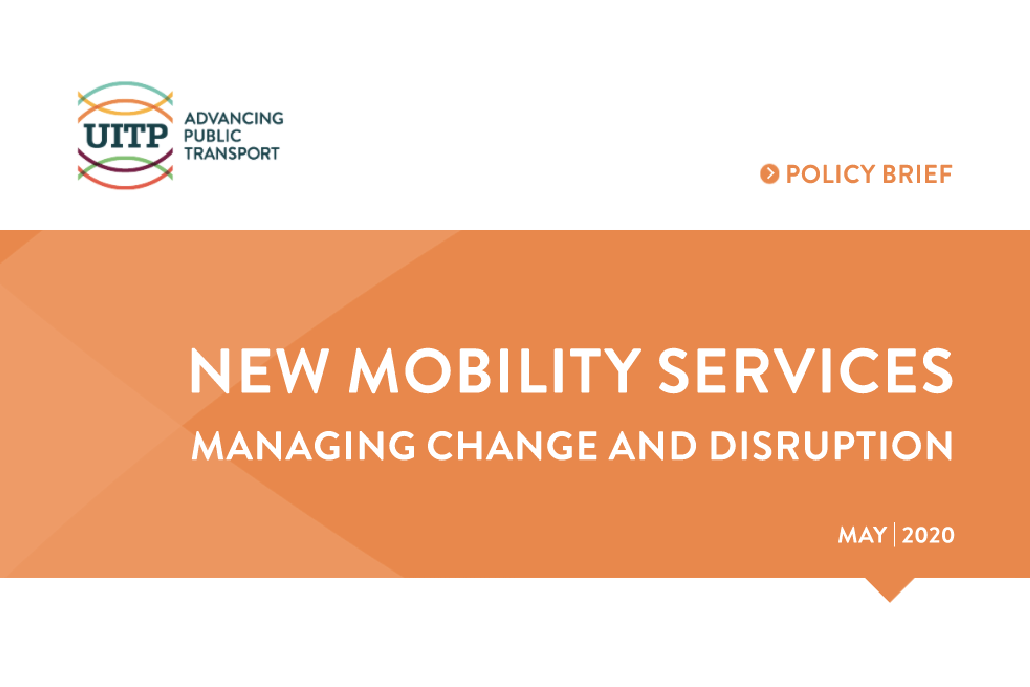Public sector vs. the market. That’s just the way it is, the way it’s always been, and the way it must be. Right?
Well, not exactly. “New Mobility Services: Managing Change and Disruption,” a new study resulting from four years of research conducted by the International Association of Public Transport (UITP), explores how the rise of the sharing economy has led to much of the public not only accepting, but expecting, to regularly share rides. According to UITP, this development could pave the way for cities and transit agencies to use new technologies and business models to their advantage, ultimately reducing the need for single-occupancy vehicles and achieving new levels of environmental and economic sustainability — but only if these cities approach this opportunity in the right way.
UITP argues that shared, on-demand transit options can complement traditional modes of public transit, but the public sector must properly manage this integration to ensure new mobility providers are neither stifled by unnecessary regulation, nor failing to fulfill policy objectives. Read on to learn:
- What the experience of informal transport in emerging economies can teach us about appropriate institutional responses.
- Why UITP believes Public Transport Authorities (PTAs), in particular, are cities’ best bet in managing the urban mobility systems of the future.
- The four guiding principles PTAs must follow in order to bring this vision of public-private symbiosis to life.
- Case studies examining cities in Europe, Asia, and Australia that are getting it right when it comes to innovation and working with the market.





